Welcome to WordPress. This is your first post. Edit or delete it, then start blogging!


Welcome to WordPress. This is your first post. Edit or delete it, then start blogging!

Welcome to WordPress. This is your first post. Edit or delete it, then start blogging!

Welcome to WordPress. This is your first post. Edit or delete it, then start blogging!


Welcome to WordPress. This is your first post. Edit or delete it, then start blogging!

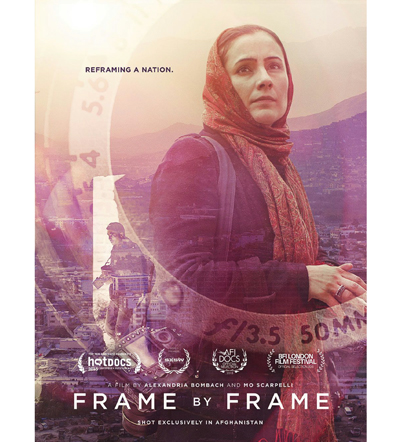
![]()
![]()
Panoramas featuring rich greens and yellows, vast and snowy mountain ranges, the deep-blue hues of expansive lakes and valleys – this is the kind of natural idyll that stirs the imagination of landscape painters – yet these aren’t the kind of images typically evoked by the mention of Afghanistan. Popular amongst hippies during the 1970s, Afghanistan was once a much sought after destination for its extraordinary natural beauty – a fact easily buried under decades of media images saturated with violence.
It was this natural beauty, and the everyday life of Afghans with an impassioned storytelling culture, that co-directors Alexandria Bombach and Mo Scarpelli sought to foreground in their scintillating documentary, Frame by Frame. Featuring portraits of four photojournalists, the film explores the emergence of a free-press in Afghanistan after the six-year prohibition on photography during the oppressive Taliban regime. As Alexandria Bombach describes, “It was more than just a ban on photography, it was all media, and all Afghan people’s voices; they banned anything that had to do with the human image.”
“I didn’t know what it would mean not to have photography in your life. But asking the photo-journalists, and watching them flip through photographs of their past, they were so sentimental, just as we would be flipping through our own childhood photos.”

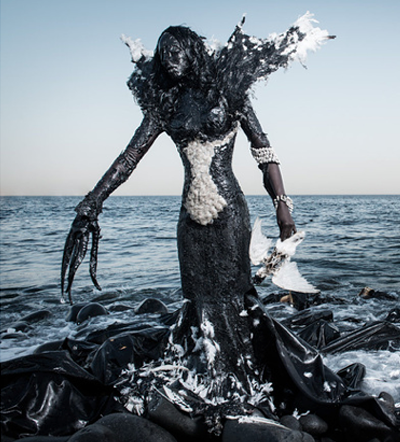
© Fabrice Monteiro
Jinn are described as the “supernatural genies omnipresent in African cultures”. Fabrice Monteiro has been working with Ecofund in Senegal, West Africa, to create images that weave together interpretations of these supernatural beings and very real scenes of Senegal’s environmental destruction. Detailed costume and lighting design are used to turn locations representative of ecological damage into images of foreboding, and Monteiro’s decision to give these harsh scenes human faces means we can more easily interpret the pain, anguish, demise and, hopefully, strength. When we scrutinize the immensely detailed images, the alien landscapes are exposed as foreign realities that offer powerful insight into our own future if we do not alter our current trajectory. Prophecy has been created to distribute as an educational art book through the Schools of Senegal.


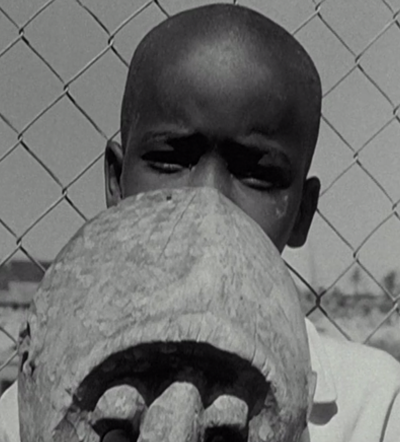
Scene from Sembene!
Sembene! is a poetic documentary woven together through the perspective of narrator Samba Gadjigo, a Professor of African studies at Mt. Holyoke College and author of previous works about the life of Ousmane Sembene. Described as the father of African cinema, Sembene was the first director to create films of his countrymen with “their own identity, their own culture”, says Gadjigo, in contrast to previous depictions that created caricatures of the African identity. Senegalese-born and now American-based, Samba Gadjigo’s life was utterly inspired and driven by Ousmane Sembene’s representation of Africans, and through this film he navigates that admiration and understanding of the artist’s voice along with the wider historical importance of his work.
When Sembene returned to Senegal after an important time of artistic growth and education while working on the docks in Marseille, he had a clear vision to create work that gave his peers a voice to challenge a system designed to suppress. With no formal cinematic training, no budget, no precedent or context within which his work could be viewed, Semebene made art that was empowering to Africans such as Gadjigo, that challenged the political system and critiqued the social class.
Watch the video here.

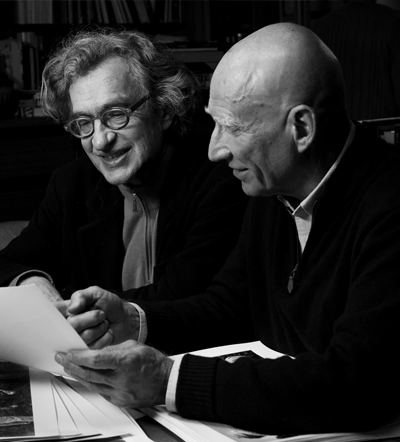
Wim Wenders and Sebastãio Salgado
Filmmaker Wim Wenders returns this month with his Oscar-nominated documentary The Salt of the Earth, a striking exploration of the work of Brazilian photographer Sebastãio Salgado. In a directorial collaboration with Salgado’s son, Juliano, Wenders accompanied the photographer across the globe, from the remote Siberian North to the desert plains of Namibia. Revered for his austere and haunting images, Salgado emerged in 1980s with striking portraits of migrant laborers; his work traces some of the most severe machinations of modern history – from the Rwandan genocide to the refugee crisis endemic across much of the Middle East.
Wenders was a long-time admirer of Salgado’s photographs and they struck up an easy friendship; he describes Salgado as a natural lover of people, who entirely immerses himself into the stories of his subjects: “I would walk with him through the city, and see him meet people he’d never met before, and two minutes later he’d have this closeness with them. It’s something in the optimism of his looking – he puts himself on the same level as other people, and that’s a rare gift. Most photographers want to have distance. He always goes close, his photography is never on a long lens, he’s always in the middle of things, never in the corner of the room.”
Salgado’s son Juliano echoes Wenders statements, describing his father’s ability to create effortless bonds: “One of the things that surprised me when we traveled together was how quickly he can establish a bond with someone who’s a complete stranger to him.

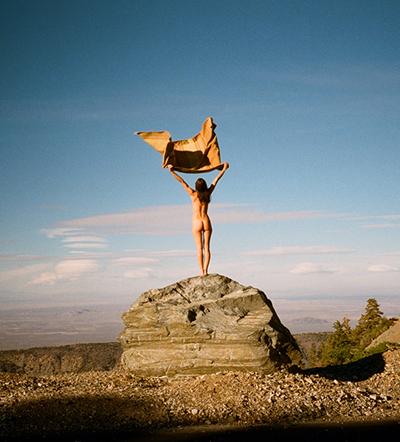
![]()
Magdalena Wosinska has been a favorite at PLANET since we first introduced her in the spring of 2012. What we loved about her then is what we love about her now – an unabashed freedom and spontaneity in her life, and an inseparable link between her life and her art. She best summed it up in her very first interview with us: “I love what I shoot, it’s my real life, it’s my breath. I couldn’t ask for anything more.”
Three years later, and Magdalena has continued to live free and document, rising in the photography and art world on the same breeze she entered with. Her new book, The Experience Vol. 1, presents the latest installment of her journey with a lens. One series that has taken shape over the last few years has been self-portraits she’s been taking of herself in various locations from her travels, with her back to the camera and almost always nude. What began as a simple and clever way to get around Instragram censorship, took on a life of it’s own and has developed into a unique, and ongoing, self-portrait series. We’re pleased to present a slideshow of this series below, as well as a brief interview about it with Magdalena.






 Facebook
Facebook Permalink
Permalink Digg
Digg Reddit
Reddit LinkedIn
LinkedIn StumbleUpon
StumbleUpon Tumblr
Tumblr
